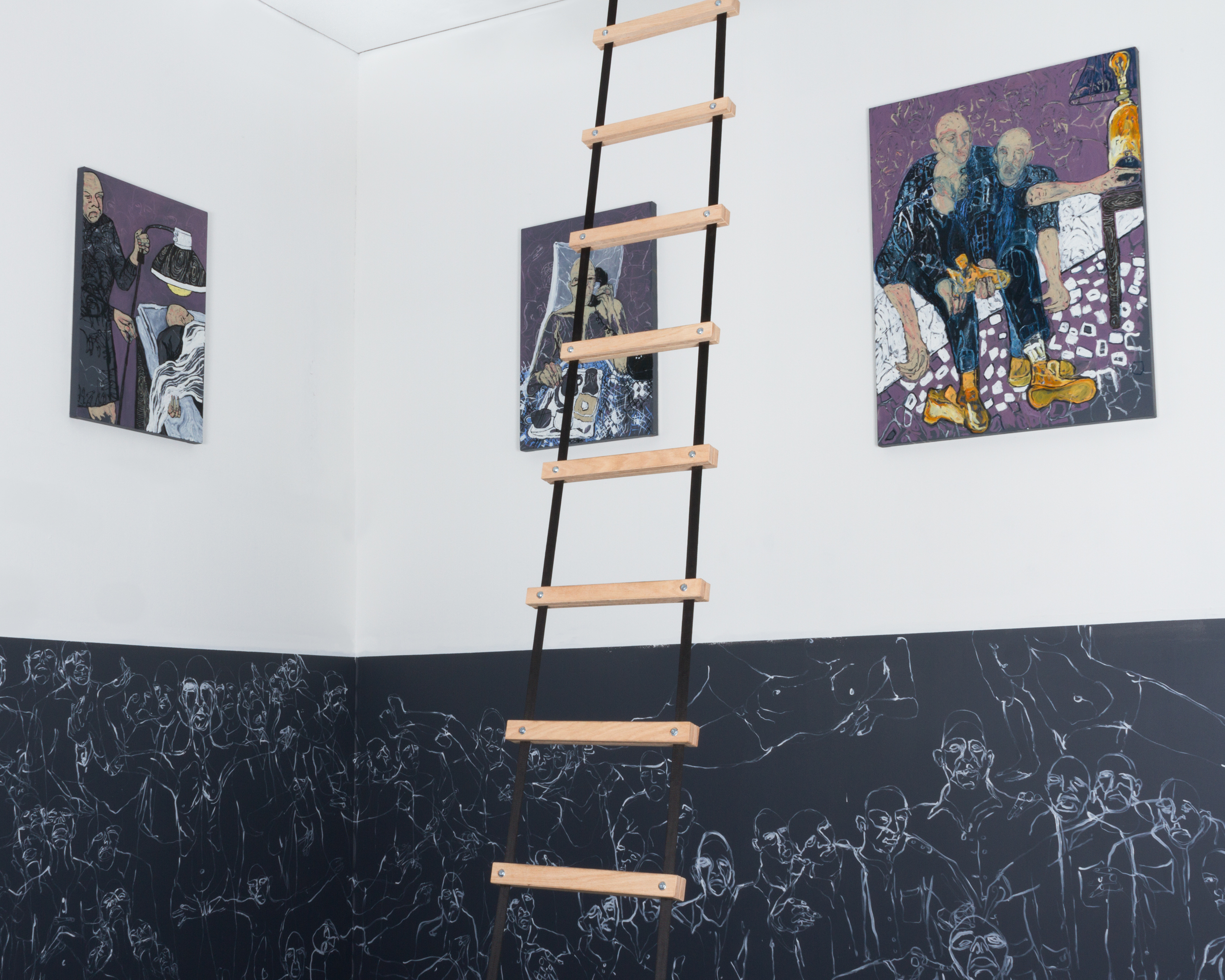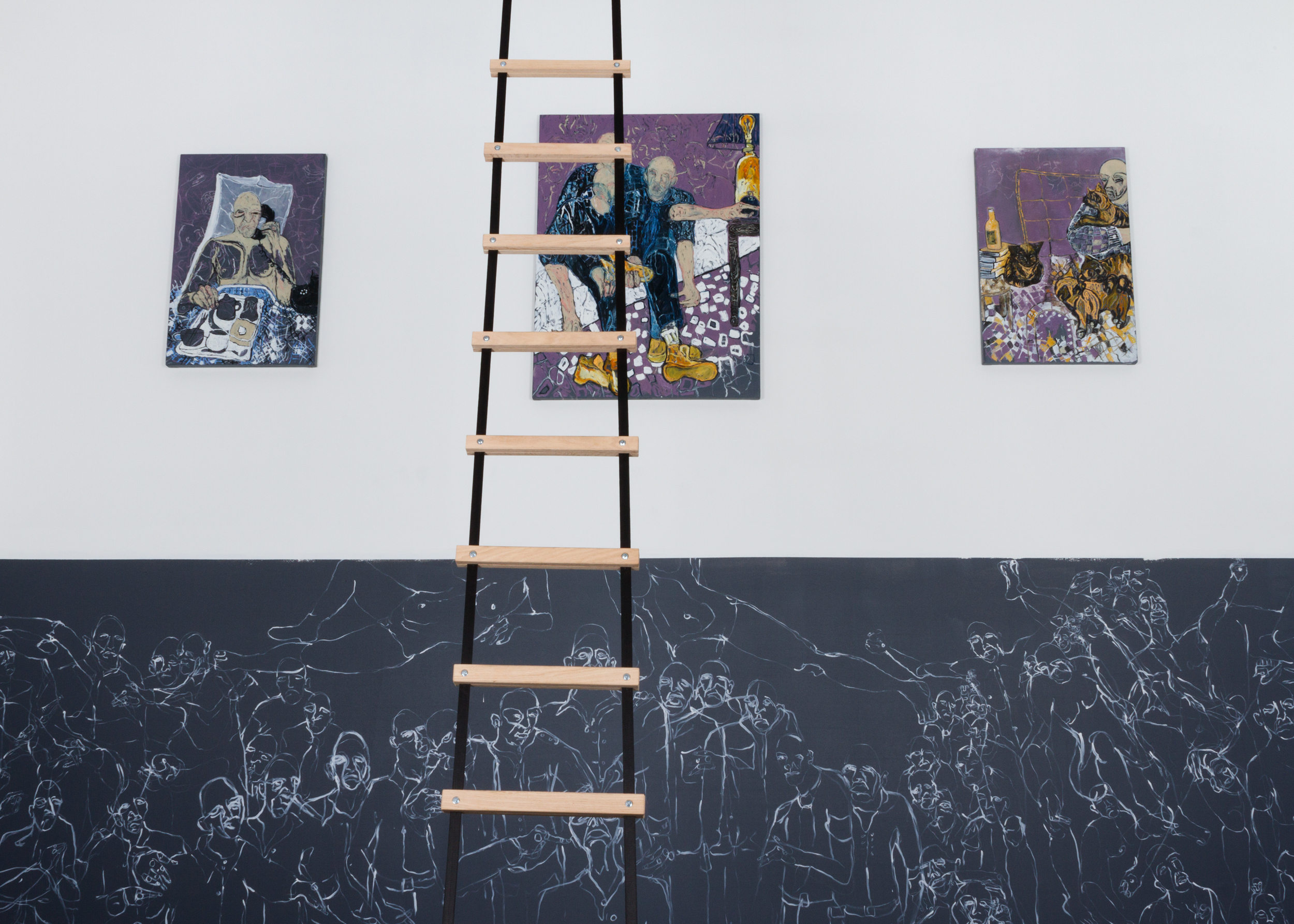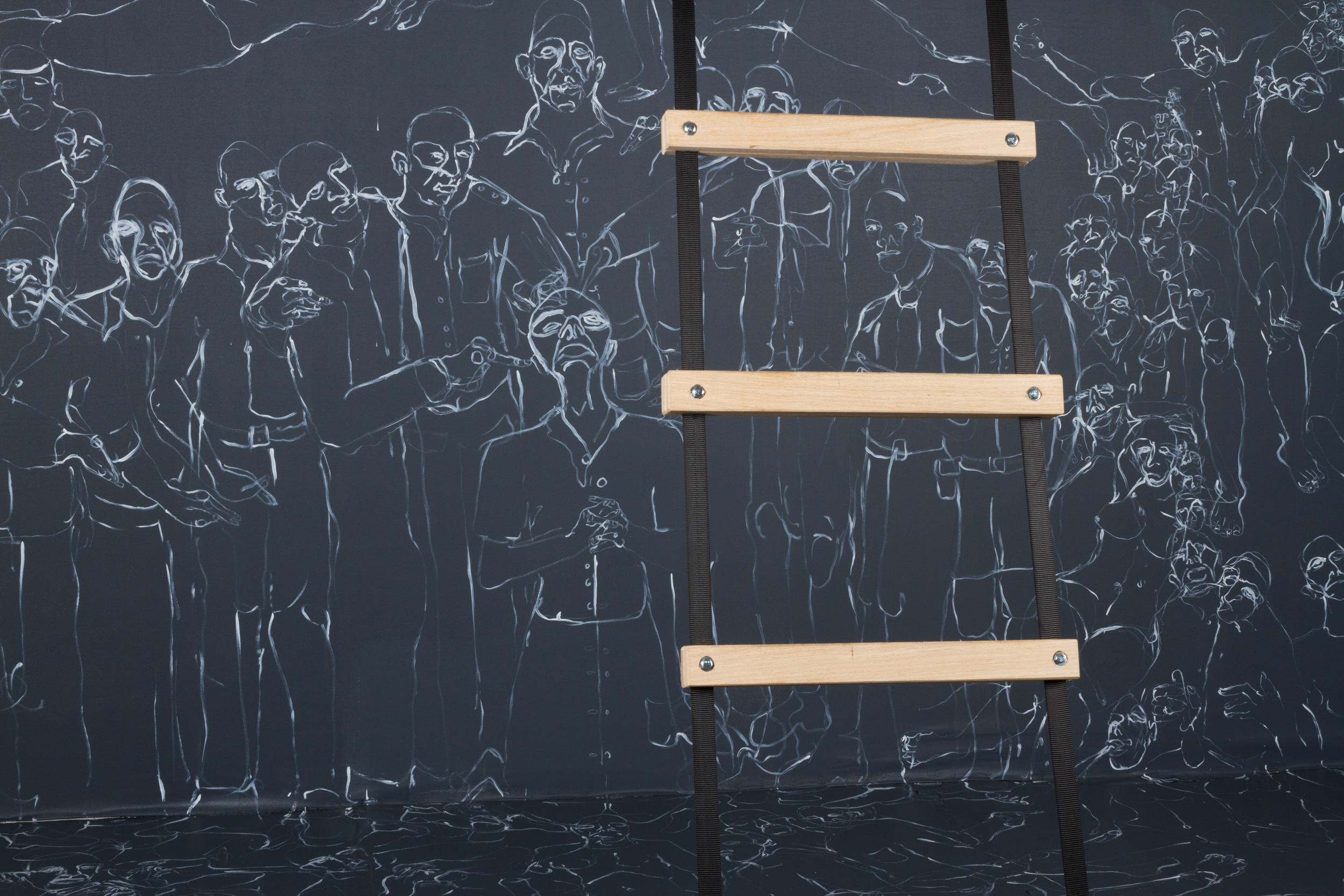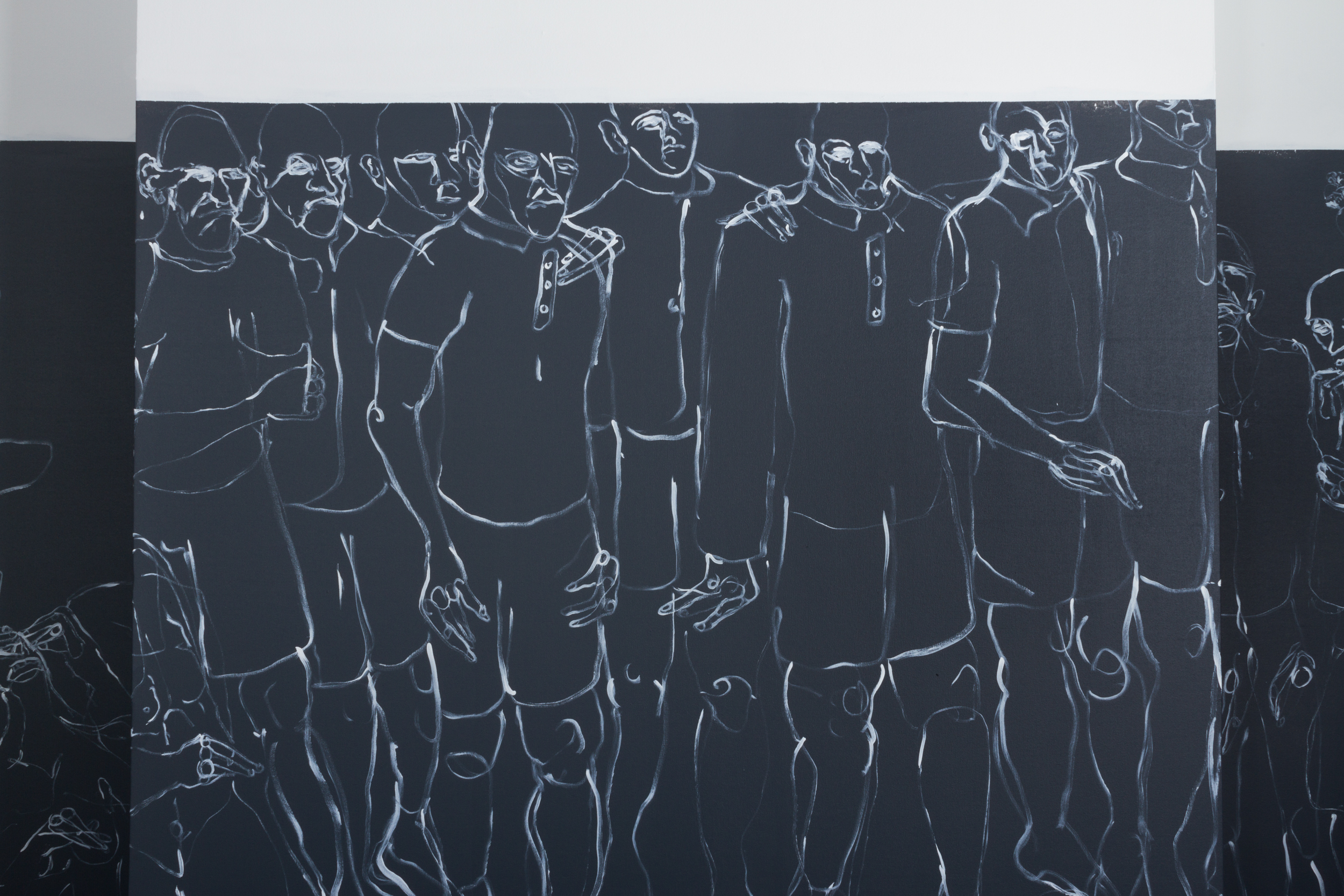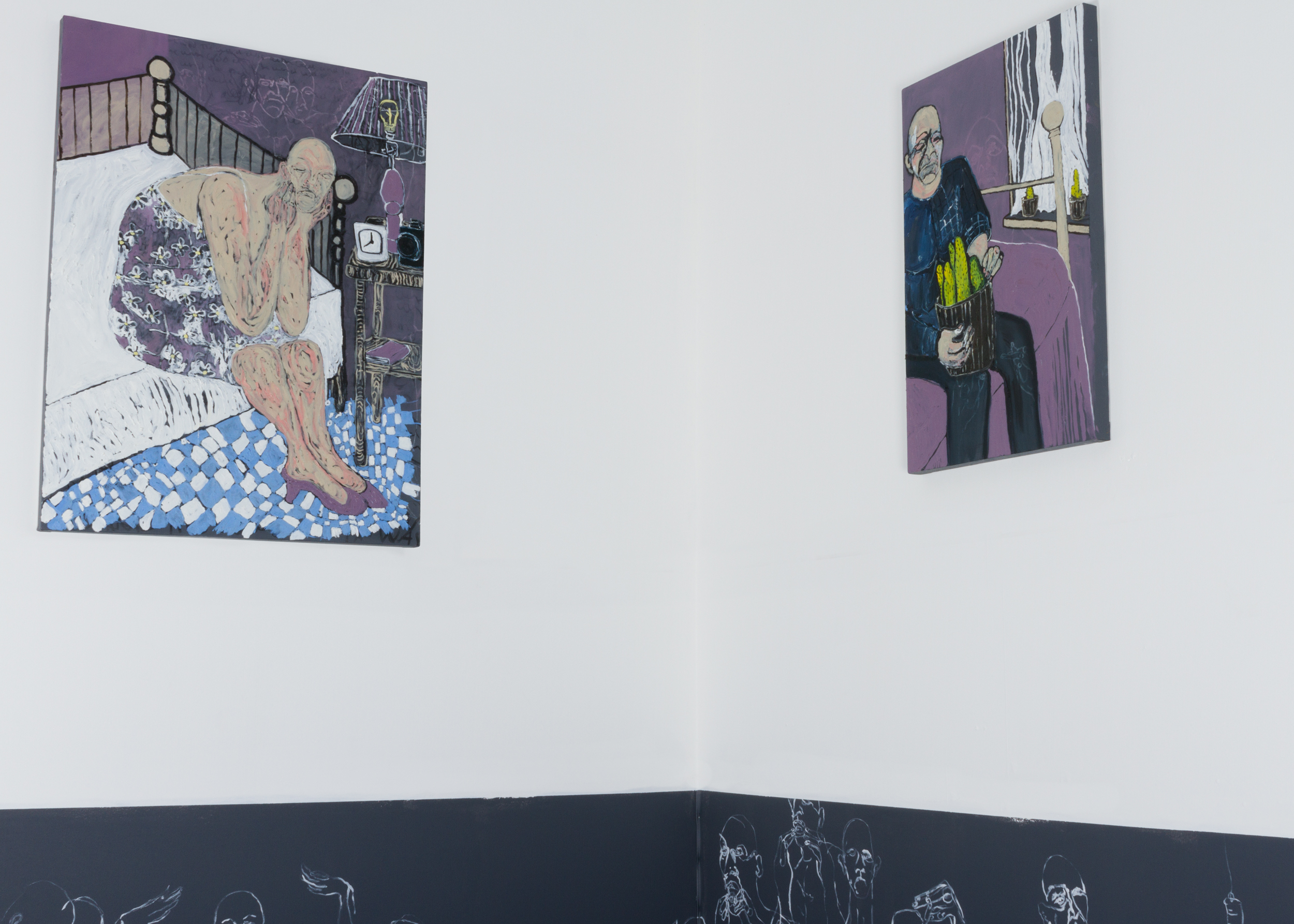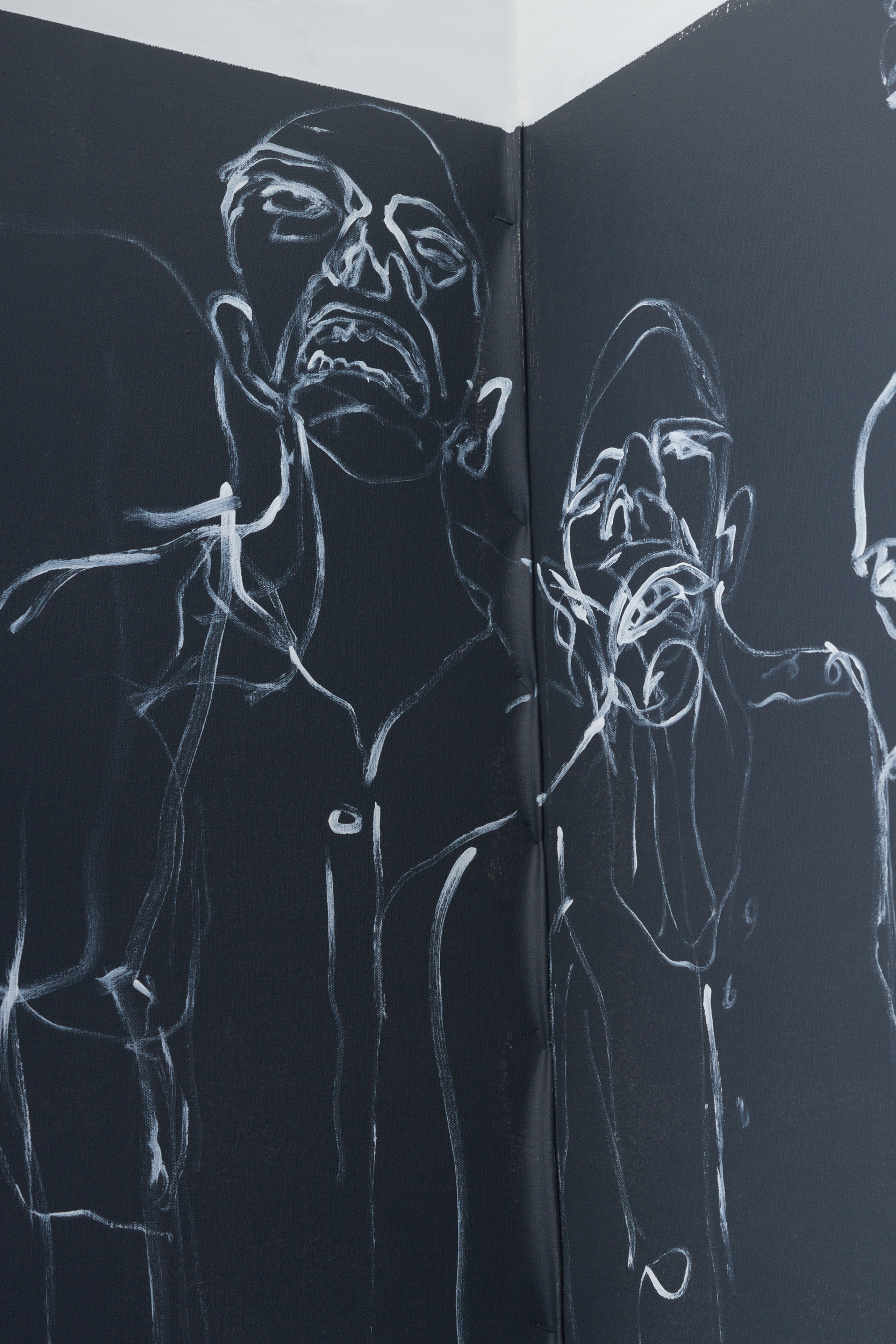Gretchen Andrew
Interior
June 11 - July 2, 2016
At Whitcher Projects
Curated and organized by Lisa Marie Pomares
-----
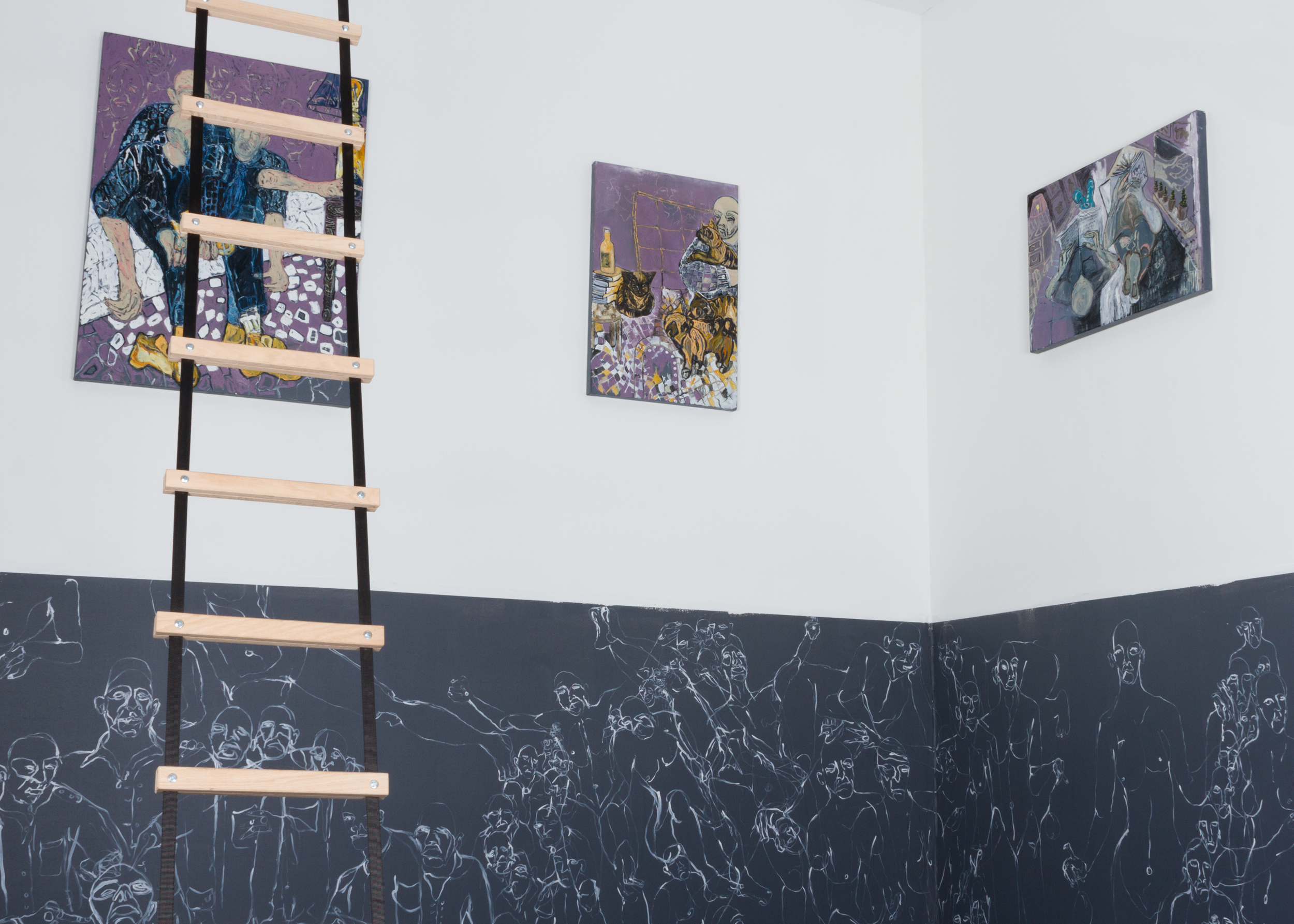

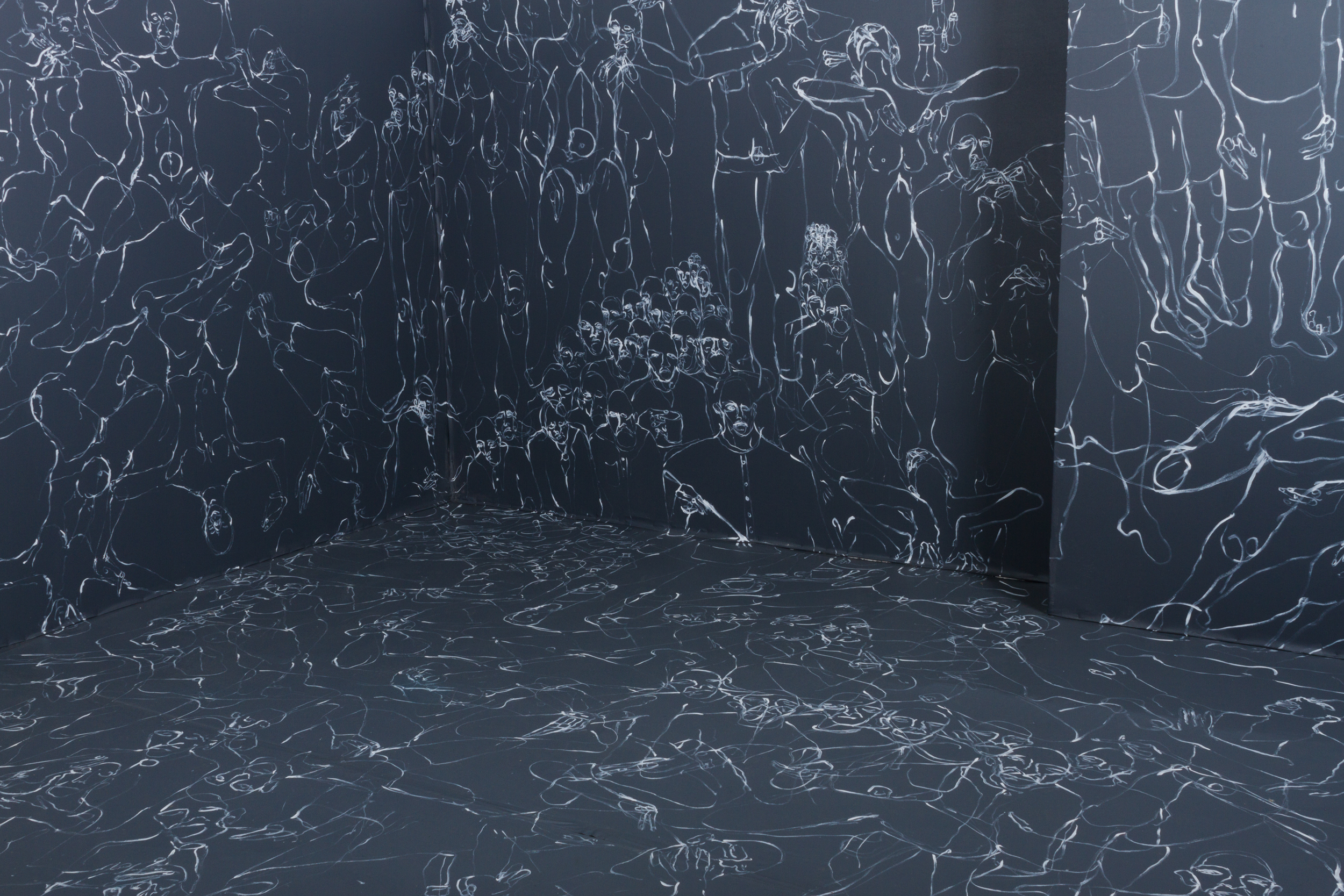

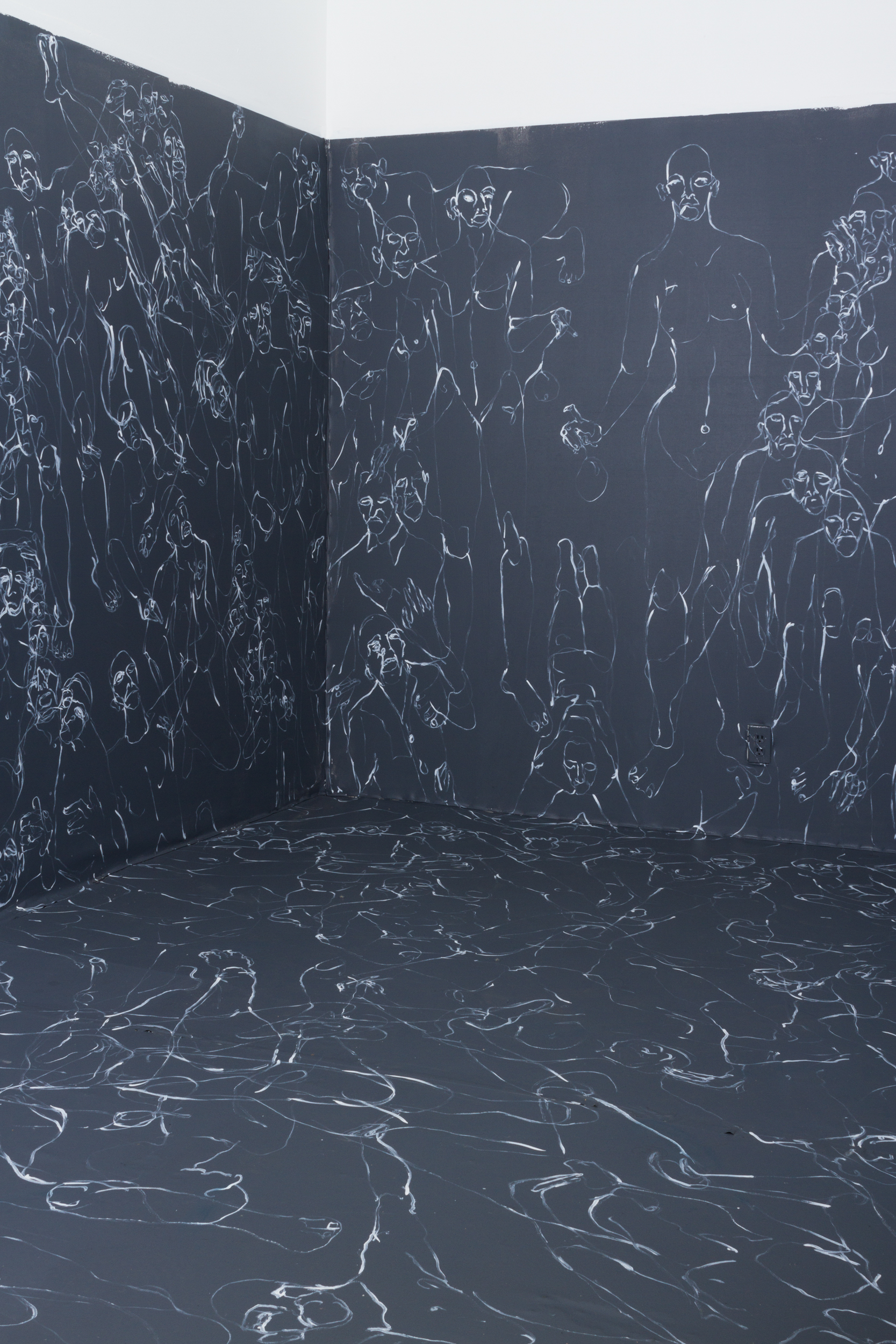
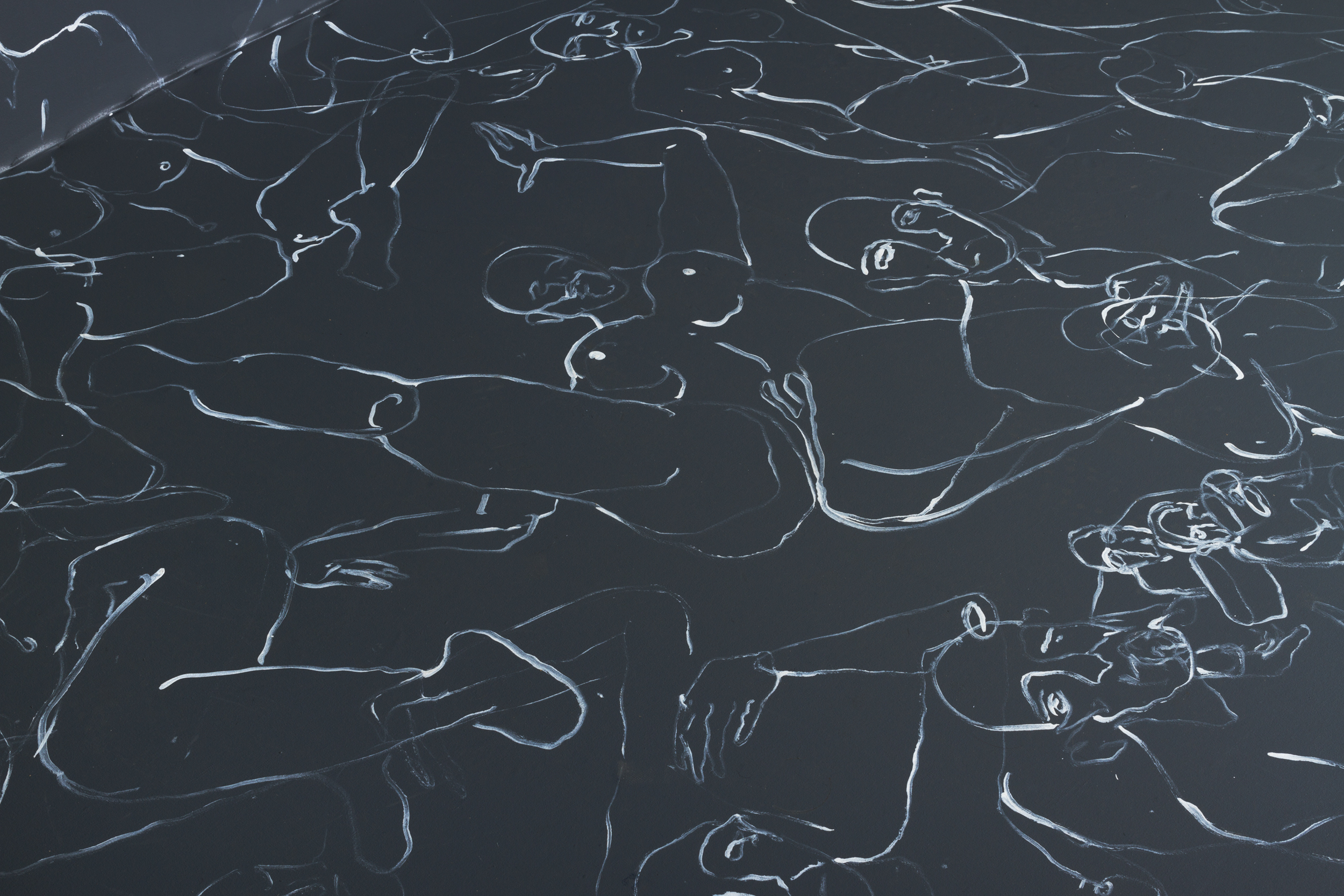

ARTIST BIOGRAPHY:
GRETCHEN ANDREW (b. 1988) currently lives and works in London. Andrew started painting in San Francisco after becoming convinced that the internet can teach you anything. Her practice incorporates traditional oil painting and related investigations of knowing and becoming. She has completed projects/exhibitions with The New York Metropolitan Museum of Art, The V&A Museum, The British Film Institute, The Lumen Prize for Digital Art, The British Arts Council, and The White Building. Interior is Andrew's first solo exhibition in Los Angeles, CA following her residency at Whitcher Projects.
-----
-----
![]()
![]()
![]()
![]()
![]()
![]()
GRETCHEN ANDREW (b. 1988) currently lives and works in London. Andrew started painting in San Francisco after becoming convinced that the internet can teach you anything. Her practice incorporates traditional oil painting and related investigations of knowing and becoming. She has completed projects/exhibitions with The New York Metropolitan Museum of Art, The V&A Museum, The British Film Institute, The Lumen Prize for Digital Art, The British Arts Council, and The White Building. Interior is Andrew's first solo exhibition in Los Angeles, CA following her residency at Whitcher Projects.
-----
That
life is a trap–well, that we’ve always known. We are born without having to be,
locked in a body we never chose, and destined to die. On the other hand, the
wideness of the world... provide[s] constant possibility of escape.
-Milan Kundera
I have only the experience of myself in the world. The rest I’ve gathered from the art of others. This art’s gift is to know how differently others perceive their relationship to the shapes, structures and communities we willingly, unknowingly, and despite our protests exist within. To the intellect, this is the easiest of ideas: others are outside ourselves. It is this jarring and expanding awareness of otherness that takes what--possibly just in my experience but I suspect not--is the selfish pursuit of discovery that is being an artist and gives it hope that it could be worthwhile.
Interior is divided into two sections connected by a rope ladder. The lower, immersively painted half is composed of the unmediated intensity that is also layered behind the paintings of the upper half. Their relation is one of unsuccessful separation - our interior lives both incapable of containment and impossible to fully share.
The work in Interior asks how we exist in spaces and relationships of human construction, not the natural world of mountains and God but the one of human invention, domesticity, “home” in relationship to the associated objects of life in late capitalism: books, toast, telephones, kitchenware, lamps and the potted plants ubiquitous in contemporary painting. The resulting interior scenes prevent the figures from acting as portraits, the figure as both subjects and object, others as shapes without meaning and increasingly others with meaning but without embodiment.
“Interior” grasps at the darkly hopeful experience of being inside the trap Kundera described, with all the meaning and love and purpose and joy existing because art allows us, if only temporarily, outside of ourselves.
-Milan Kundera
I have only the experience of myself in the world. The rest I’ve gathered from the art of others. This art’s gift is to know how differently others perceive their relationship to the shapes, structures and communities we willingly, unknowingly, and despite our protests exist within. To the intellect, this is the easiest of ideas: others are outside ourselves. It is this jarring and expanding awareness of otherness that takes what--possibly just in my experience but I suspect not--is the selfish pursuit of discovery that is being an artist and gives it hope that it could be worthwhile.
Interior is divided into two sections connected by a rope ladder. The lower, immersively painted half is composed of the unmediated intensity that is also layered behind the paintings of the upper half. Their relation is one of unsuccessful separation - our interior lives both incapable of containment and impossible to fully share.
The work in Interior asks how we exist in spaces and relationships of human construction, not the natural world of mountains and God but the one of human invention, domesticity, “home” in relationship to the associated objects of life in late capitalism: books, toast, telephones, kitchenware, lamps and the potted plants ubiquitous in contemporary painting. The resulting interior scenes prevent the figures from acting as portraits, the figure as both subjects and object, others as shapes without meaning and increasingly others with meaning but without embodiment.
“Interior” grasps at the darkly hopeful experience of being inside the trap Kundera described, with all the meaning and love and purpose and joy existing because art allows us, if only temporarily, outside of ourselves.
-----
